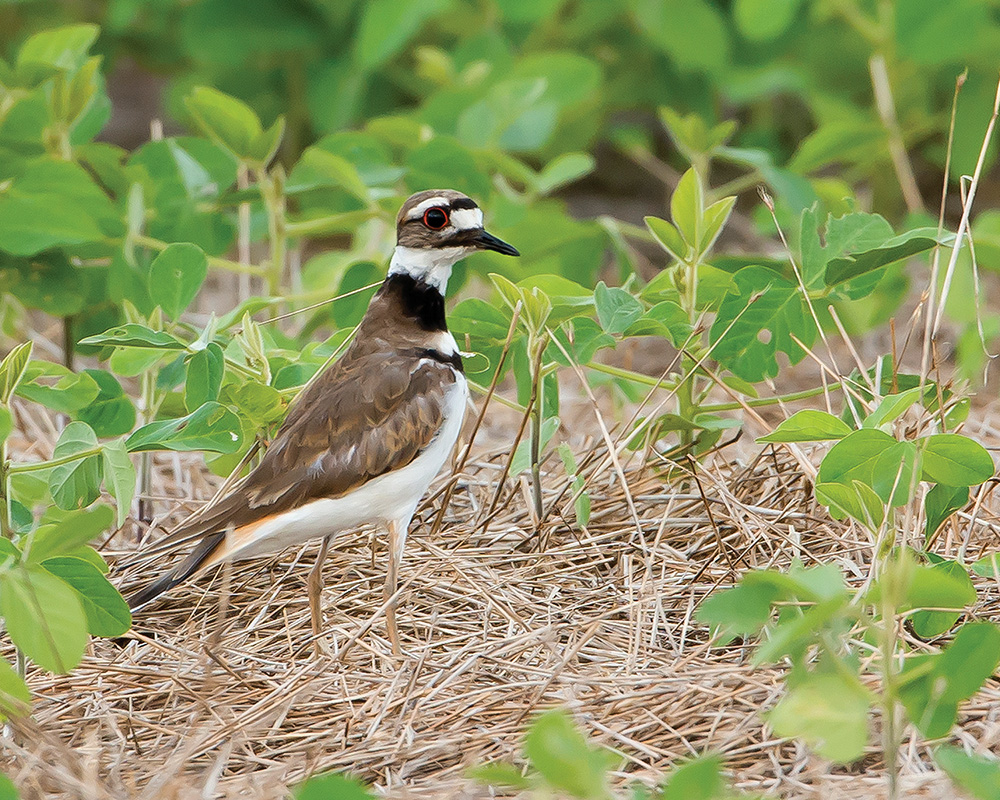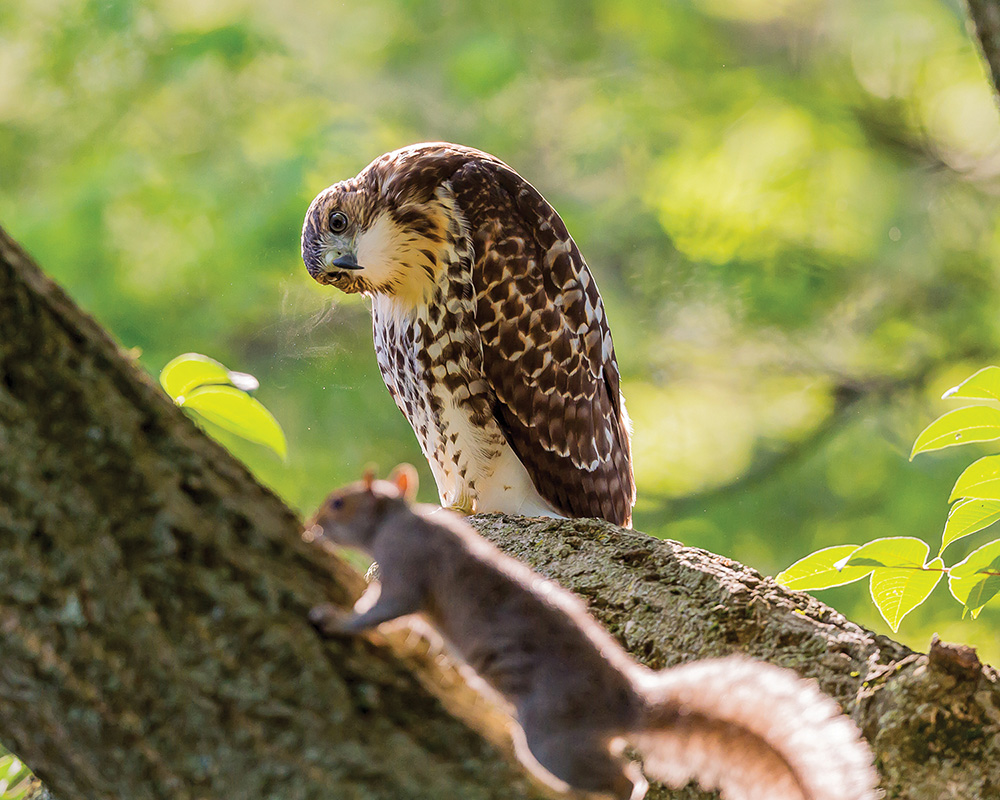By Gayle Gresham
Looking for your travel to take flight this year? Become a birder and enjoy all kinds of new places to visit while adding bird species to your list and enjoying time spent wherever this activity takes you.
Birdwatching is rising in popularity in the United States and throughout the world. Anyone can do it, whether you live in the city, the suburbs or the country. You can set up your own feeders in your own backyard and keep a list of the species that visit you. Or, if you love to travel and you enjoy birdwatching, you can visit wilderness refuges, travel to bird festivals, and take guided tours of bird habitats anywhere in the world.
Backyard birdwatching
It’s great to start bird watching by simply looking out your window and seeing the birds that congregate in your yard or on your patio. Is that a bluebird? What type of bluebird? An eastern, western, or mountain bluebird? You can go old school by checking a field guide like Peterson’s or Sibley’s or you can look up bluebirds on http://allaboutbirds.org (Cornell Lab of Ornithology). Check the range map and see which is common in your region. Look at the markings and distinctive features. Many birds show enough variation to make an ID with ease. The All About Birds website also contains recordings of each bird’s song so identification can also be made by the birdsong.

Going high-tech with your identification tools can make it easier to take them along when you travel. Download the Merlin Bird ID app (Cornell Lab of Ornithology) to your cell phone. The app asks five questions to help identify a bird. It then pulls up bird photos matching the description that have been seen in your region. Or, take a photo of the bird, upload it to Merlin and it will identify the bird for you.
Those who catch birdwatching fever often keep a list of the birds they have seen or heard. A life list consists of all of the bird species seen in your lifetime while a yearly list tics off every bird species seen in a year. A list can be kept in a simple notebook, in a special birding notebook, or it can be a simple notation of date and place beside the picture in a guide book. Computer list options include Birder’s Diary software, which also allows photos, or use the eBird mobile app for cell phones, which uses GPS coordinates for bird species sightings.
As you become familiar with the birds in your backyard, you will be able to recognize when a bird not common to your area appears. When you see a rare bird, you can report it through eBird or the American Birding Society so other birders can visit your backyard and add it to their lists.
Local birding

Photo by Ken Christison.
If birdwatching has captured your attention and your curiosity has grown beyond the birds showing up in your backyard, then what? It’s time for some birding excursions.
First, call someone you know who is a birdwatcher. Don’t know anyone? Start asking around. You might be surprised by which of your friends are birders. Ask at your library about birdwatching clubs or search the internet for local and state birding clubs and chapters of the Audubon Society for programs, events and field trips. You can go out on your own, but it’s helpful to have someone teach you how to locate and identify the birds. Grab your binoculars, camera and cell phone and head to the wilderness or city park.
One way to learn from an experienced watcher is to join the Audubon Society’s annual Christmas Bird Count, which allows beginner birders to take part. Participants count every bird seen or heard in a 15-mile diameter designated circle over a 24-hour period of time between Dec. 14 and Jan. 5. The count acts as an annual census of birds across the world.
Travel birding
Your interest in birds has been piqued and now you’d like to see species of birds that are not local to your area. It’s time to travel! You can either travel to see birds in a certain locale or go on vacation and see what interesting birds are in your planned location. Once again, the internet can help you identify places to see birds. There are more than 562 National Wildlife Refuges and 38 wetland management districts in the United States. Visit the www.fws.gov/refuges website for locations and information. There are also 10,234 state parks and 58 national parks, giving you plenty of opportunity to travel and find birds.
At least 38 states have American Birding Association Birding Trails. A designated Birding Trail system links wildlife refuges, state parks and national parks in a state, along with noted habitats found along the route. The trails may be hiking trails or highways to drive. Information on state birding trails can be found on the internet.

Photo by David Morris on Unsplash
The World Birding Center in the Lower Rio Grande Valley in Texas features nine locations with more than 500 species of birds at the convergence of two major migration flyways. Bird festivals are another great way to see specific birds and take part in workshops and tours. Many festivals coincide with migration to see the greatest number of species in a set place.
Competitive birding
You’ve learned to identify birds, enjoy the challenge and you’re ready to dive further into birding, perhaps on a competitive level. There are various events for all ages sponsored by bird organizations. Join The Big Sit! hosted by Bird Watcher’s Digest — 24 hours of sitting in a 17-foot diameter circle with a team counting every birds species seen.
“Big Day” events or birdathons are sponsored by bird associations and often raise pledges for their societies and conservation by counting how many species of birds can be seen in 24 hours. They can be done individually or in teams. The Global Big Day is sponsored by eBird and on May 13, 2017, almost 20,000 birders from 150 countries turned in 50,000 checklists with 6,564 species of birds spotted in one day. That is more than 60 percent of all of the species of birds in the world.
Stretching that day to a year, The Big Year is the ultimate challenge in birding. It is a competition to see who can see the most birds in one year in a specific geographical area.
A little curiosity and a greater awareness of birds can take you in many directions. Travel, see the country, see the world, and see the birds as you go! Maybe a Big Year is in your future.
Gayle Gresham writes from her electric-co-op powered home in Elbert, Colorado. She now has Merlin Bird ID on her phone and is ready to go watch some birds.
Alabama’s trails offer an abundance of bird-watching locations
Alabama has an abundance of bird species – 430 at last count – to watch, from the Tennessee border to the Gulf Coast.
The Alabama Birding Trails is a system of eight trails highlighting the best public locations available to watch birds year-round. According to its website, alabamabirdingtrails.com, our state provides a critical habitat for hundreds of bird species, from the endangered red-cockaded woodpecker to the now flourishing bald eagle.
As interest in wildlife observation grows, more people want to explore our amazing biodiversity, which makes Alabama second only to Florida in the Eastern U.S. in total number of species of plants and animals.
The eight Alabama Birding Trails unify existing and potential birding sites into a series of cohesive trails and loops that are collectively marketed as part of a statewide system. Many of the sites along the various trails are already being used by thousands of birders and other visitors annually.
The Alabama Birding Trails program recently announced the addition of 10 new birding trail sites, bringing the total number of locations to 280 in 65 counties. Two of the new sites are on Forever Wild properties: the Wehle Forever Wild Tract near Midway, and the Yates Lake Forever Wild Tract near Tallassee.

The eight other sites are: Heflin’s Cahulga Creek Park; Coosa County’s Flagg Mountain, near Weogufka; the Lee County Public Fishing Lake, near Opelika; the Louise Kreher Forest Ecology Preserve and Nature Center, in Auburn; Minooka Park, in Jemison; the Moss Rock Preserve, in Hoover; Shades Creek Greenway, in Homewood; and the Smith Mountain Fire Tower, near Dadeville.
Alabama’s Birding Trails offer the public a chain of eight geographic regions: North Alabama, West Alabama, Appalachian Highlands, Piedmont Plateau, Black Belt Nature and Heritage, Pineywoods, Wiregrass, and Alabama Coastal Birding Trail. Specific information on each region is available at the alabamabirdingtrails.com website.
This project is a collaborative effort by the Alabama Tourism Department, University of Alabama Center for Economic Development, Alabama Department of Conservation and Natural Resources, Birmingham Audubon Society, chambers of commerce across the state, the U.S. Army Corps of Engineers, the National Forest Service and others.





